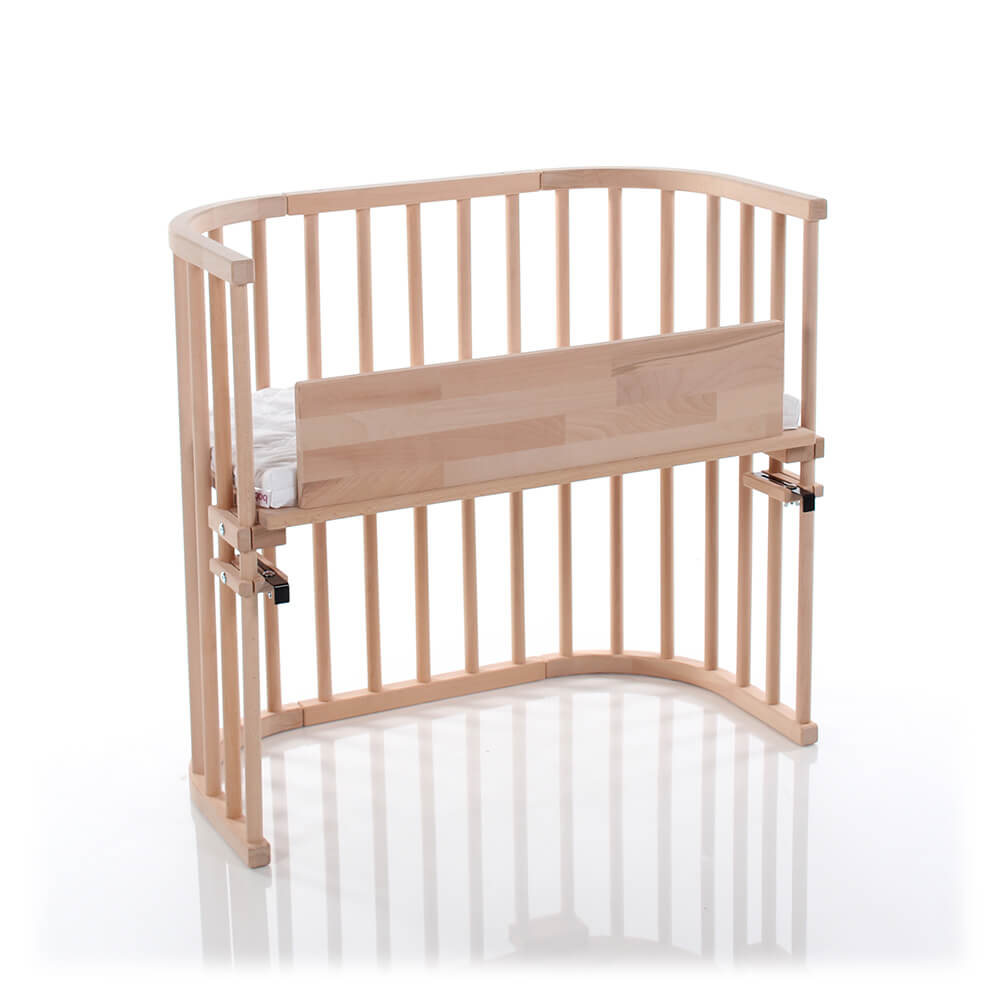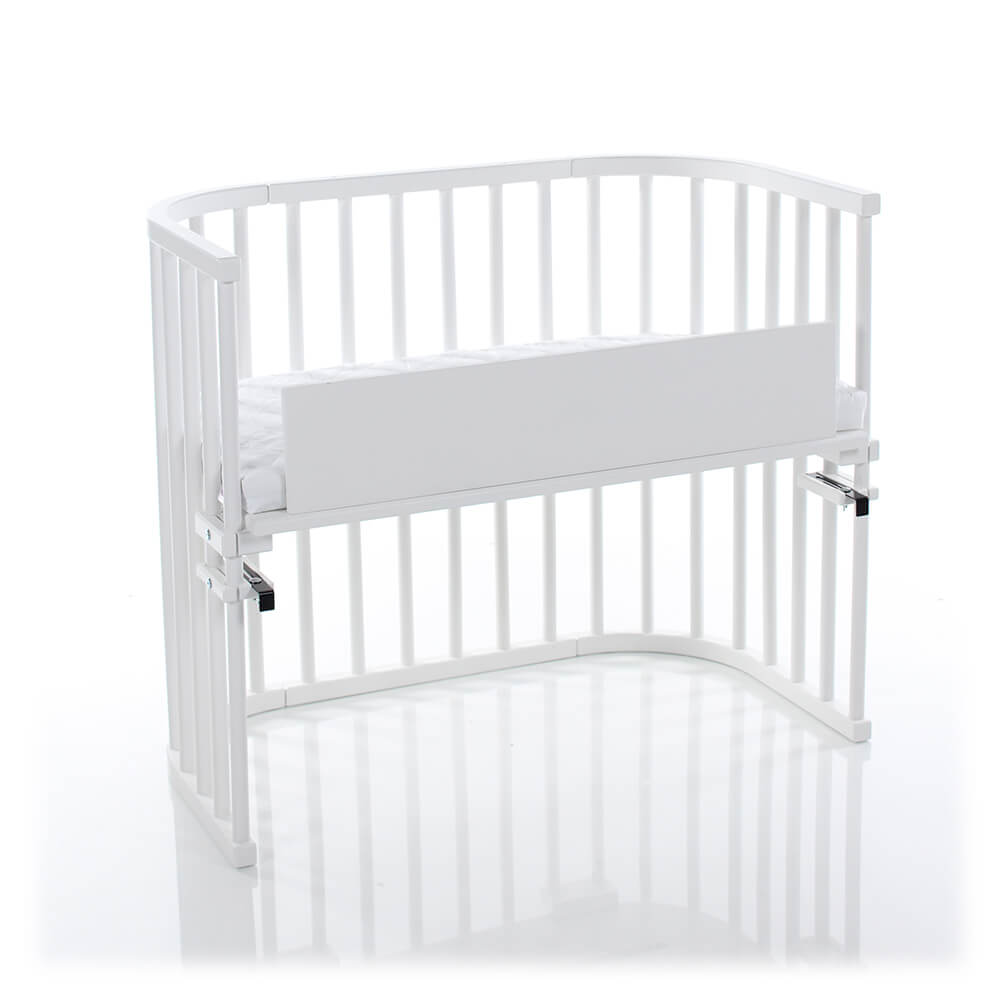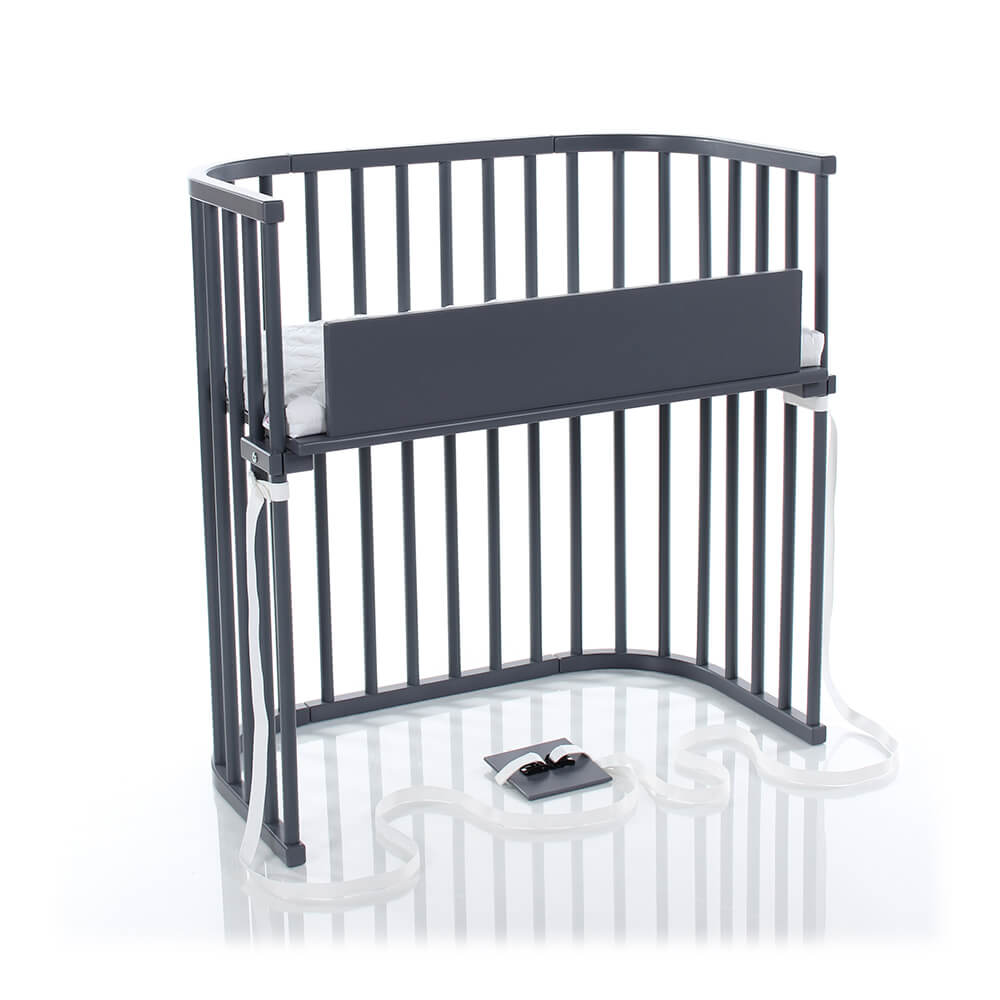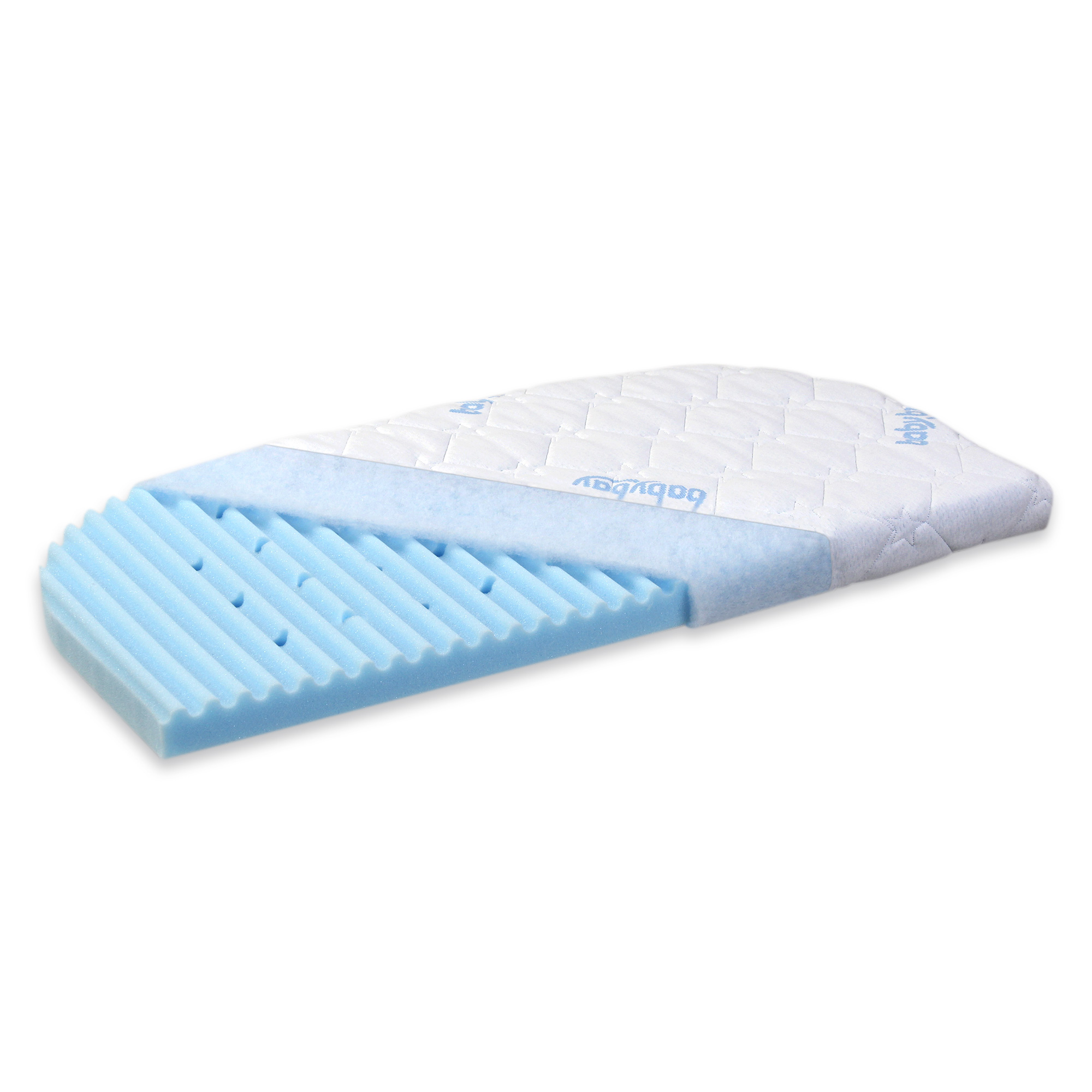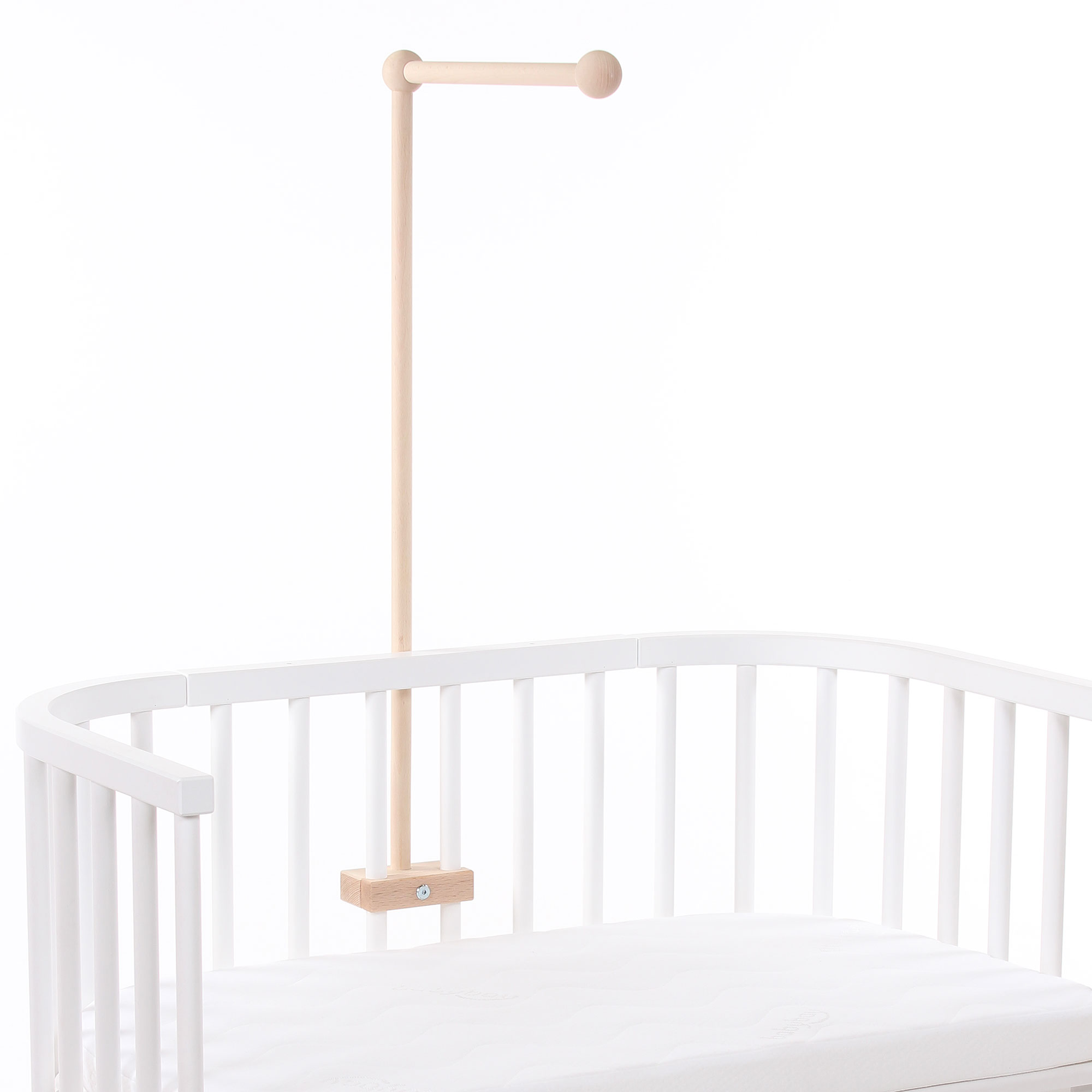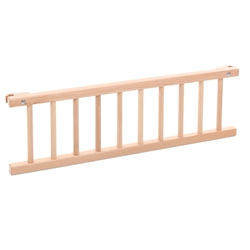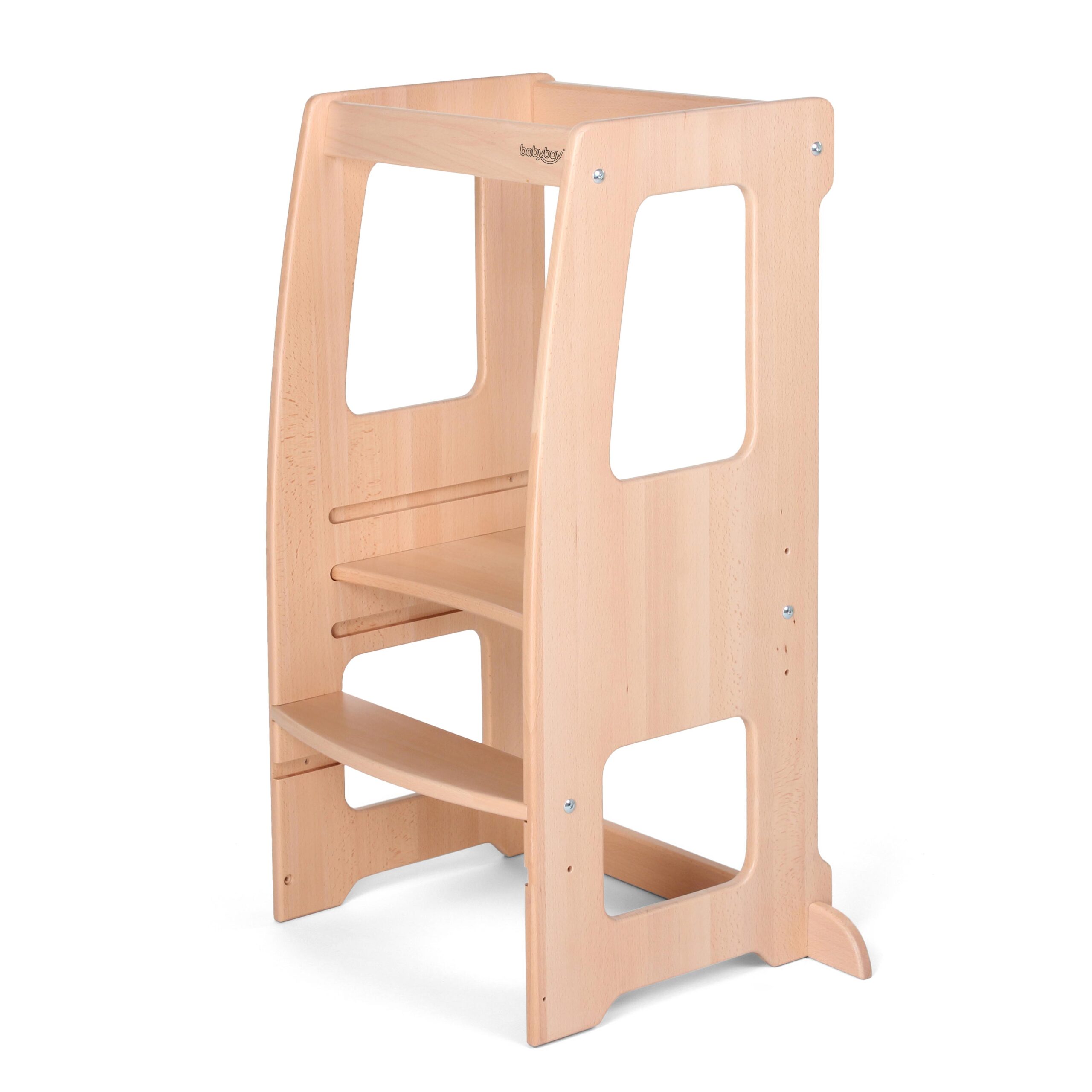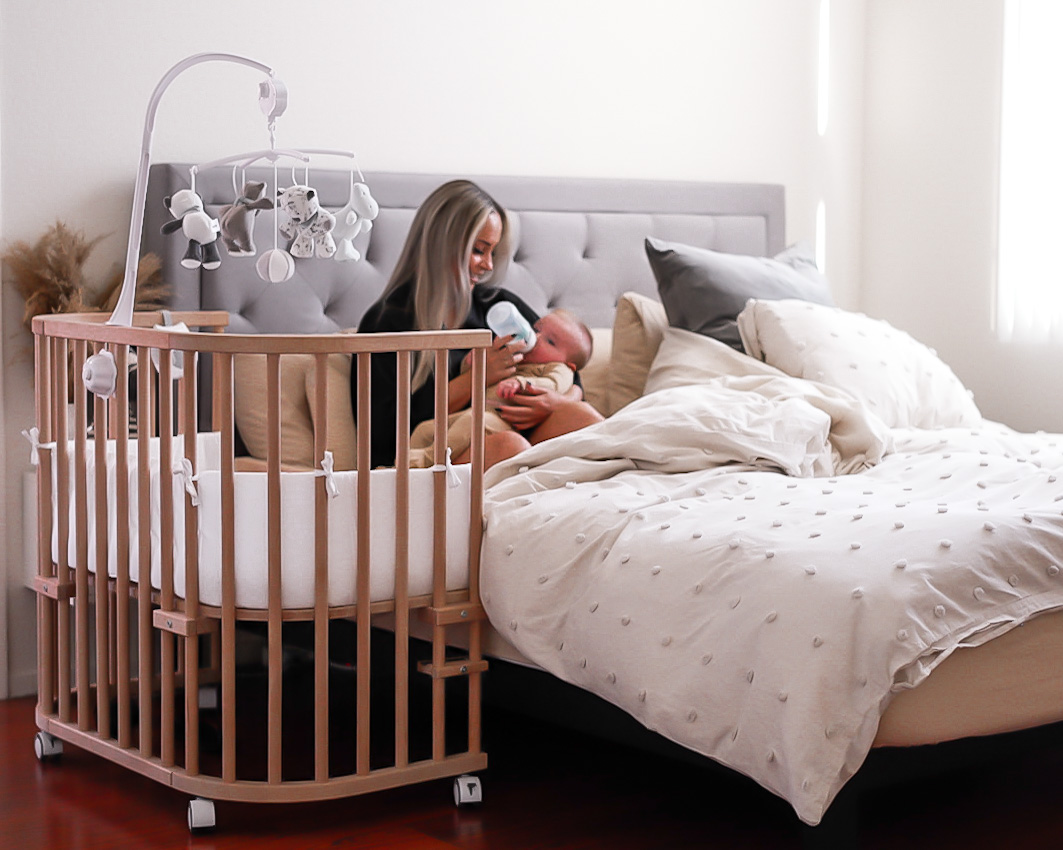
Why Co Sleeping and Breastfeeding Go Together So Well

How To Safely Use a Co-Sleep Crib with a Tall Bed

Your Complete Guide to Choosing a Side Bed Bassinet or Crib

A Guide for Sleep Deprived Parents: How to Get Sleep with a Newborn
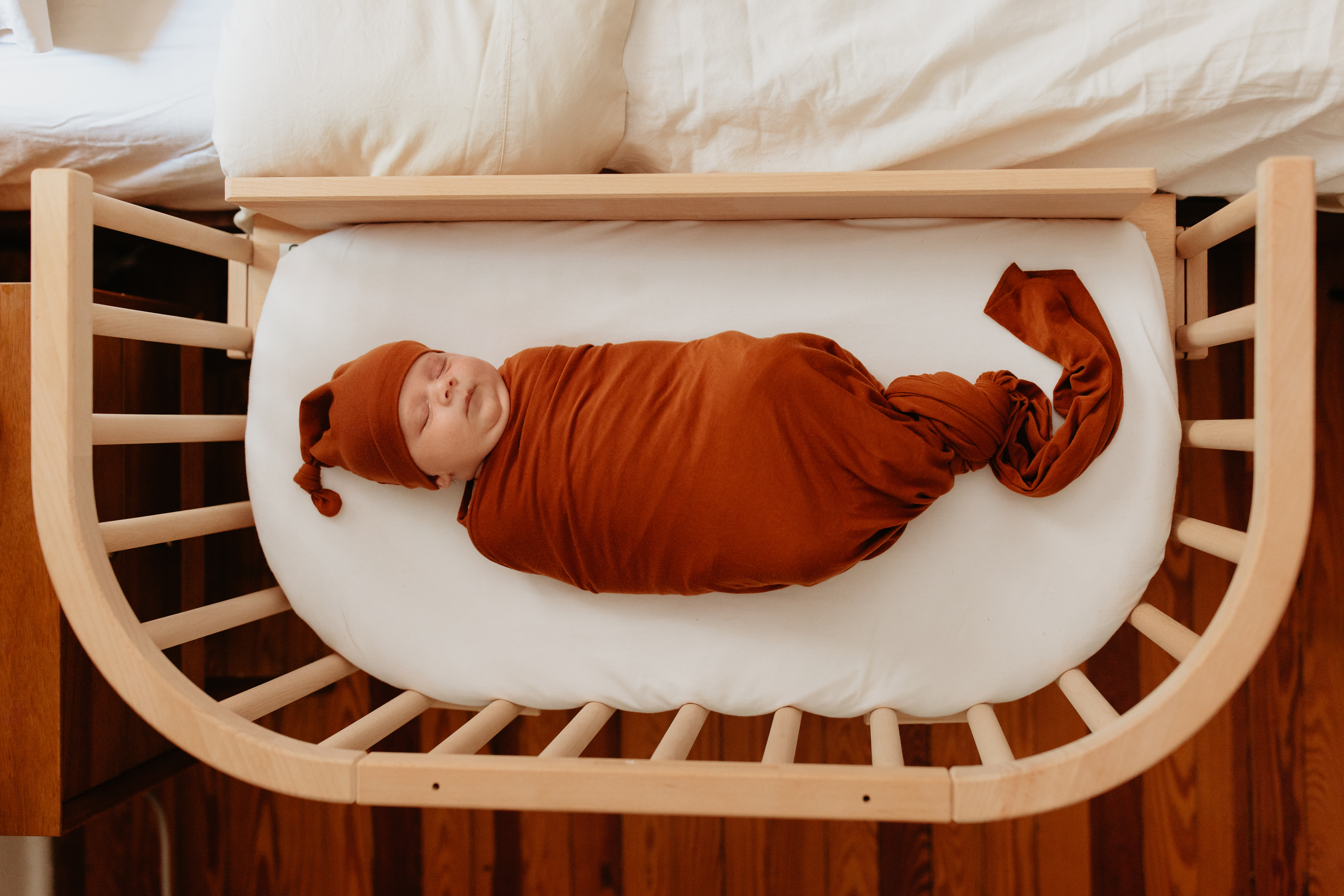
Will Co Sleeping Make My Baby Less Independent?
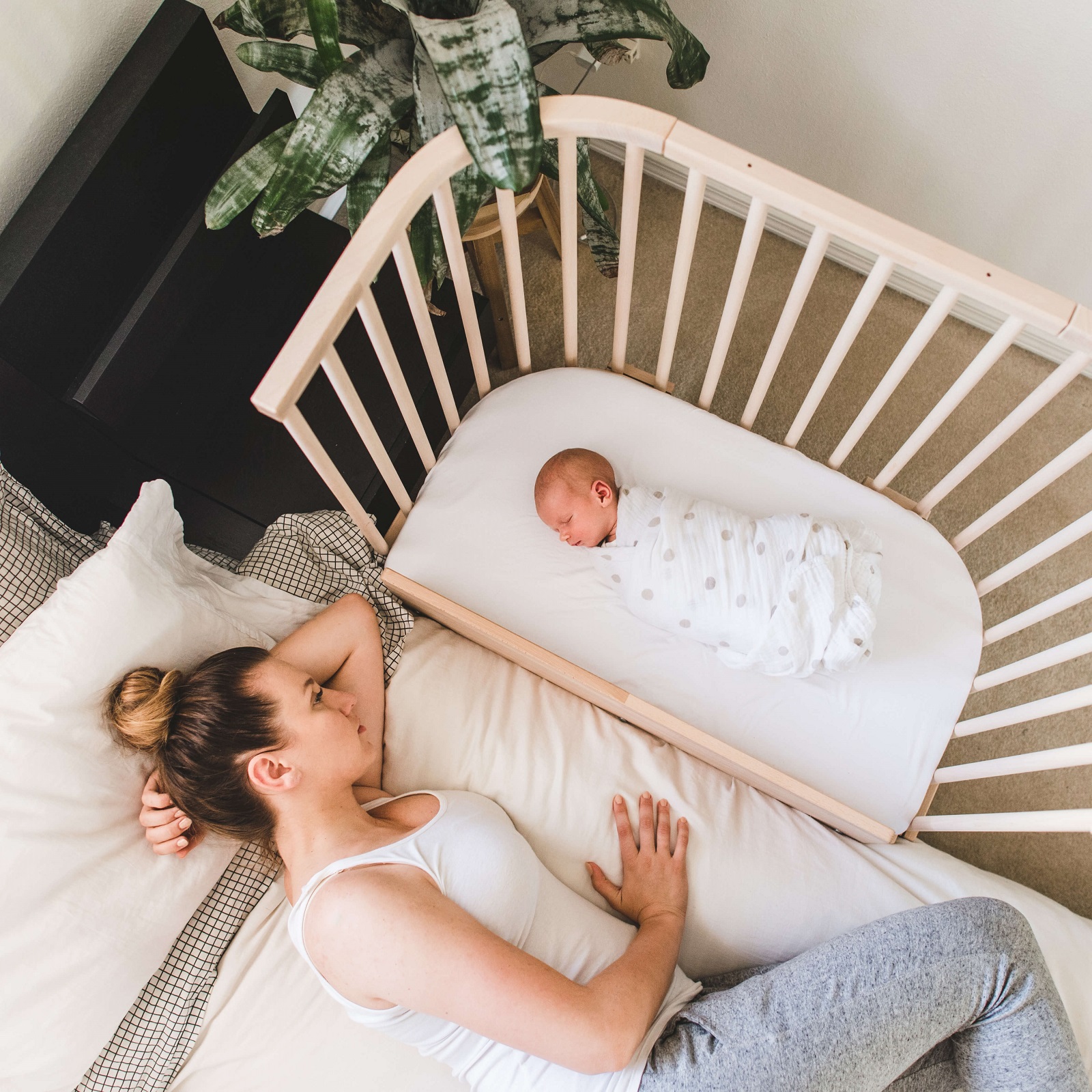
How to Get the Best Sleep for Pregnancy Health: Trimester By Trimester
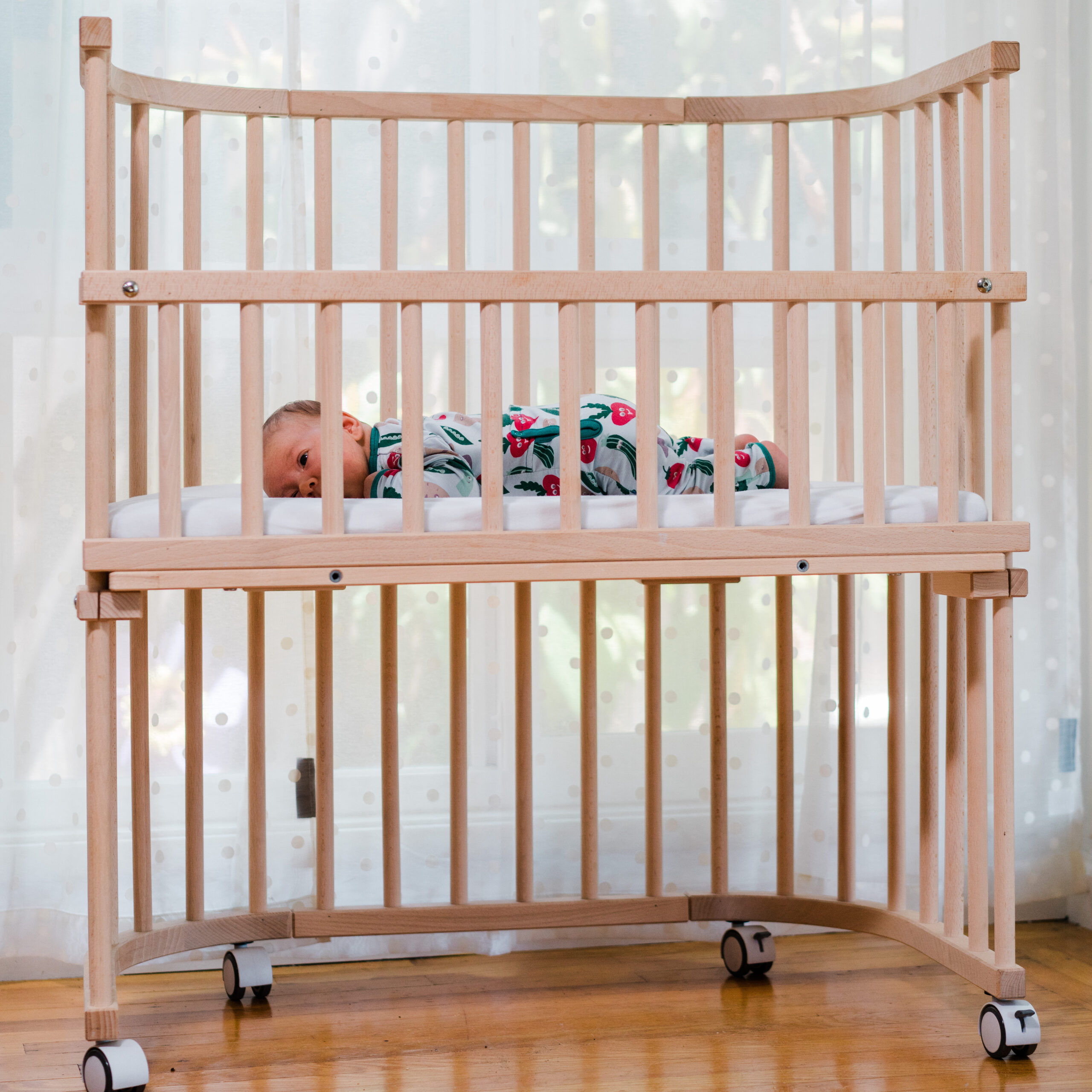
What to Know About Wooden Cribs (Before You Buy)
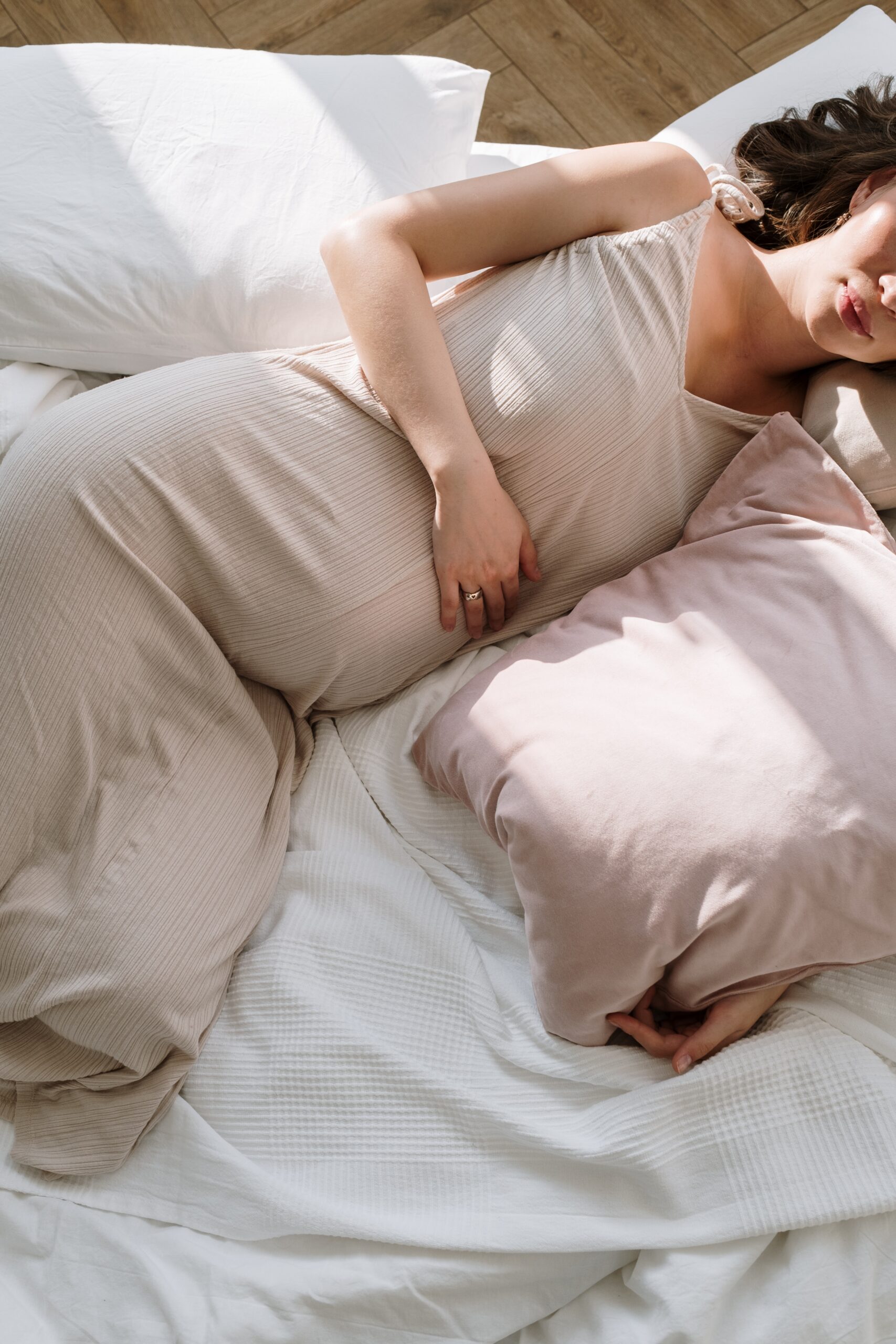
Pregnancy Sleeping Positions That Will Help You Finally Get Rest
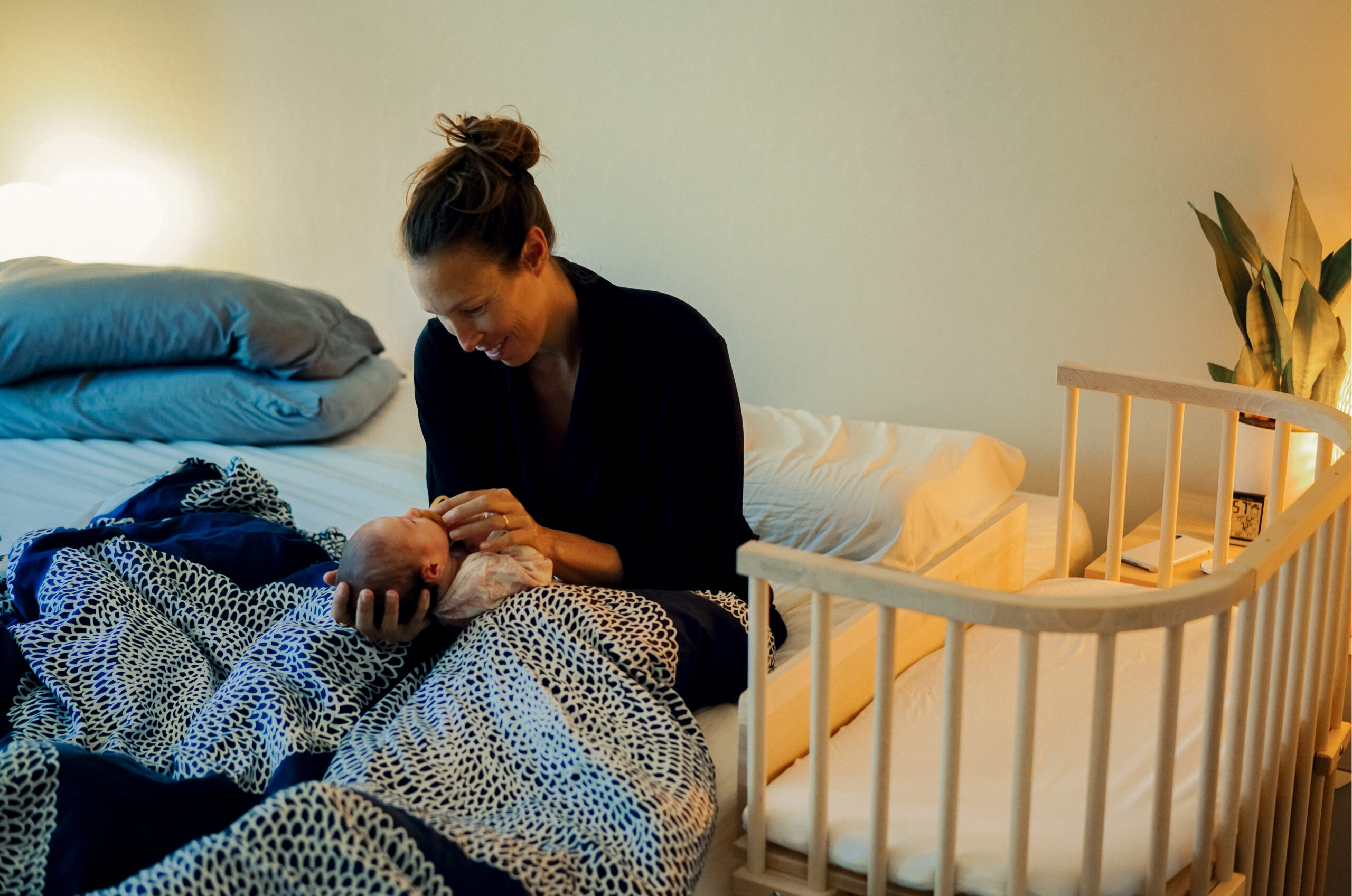
Pregnancy Insomnia: What It Is and How to Overcome It
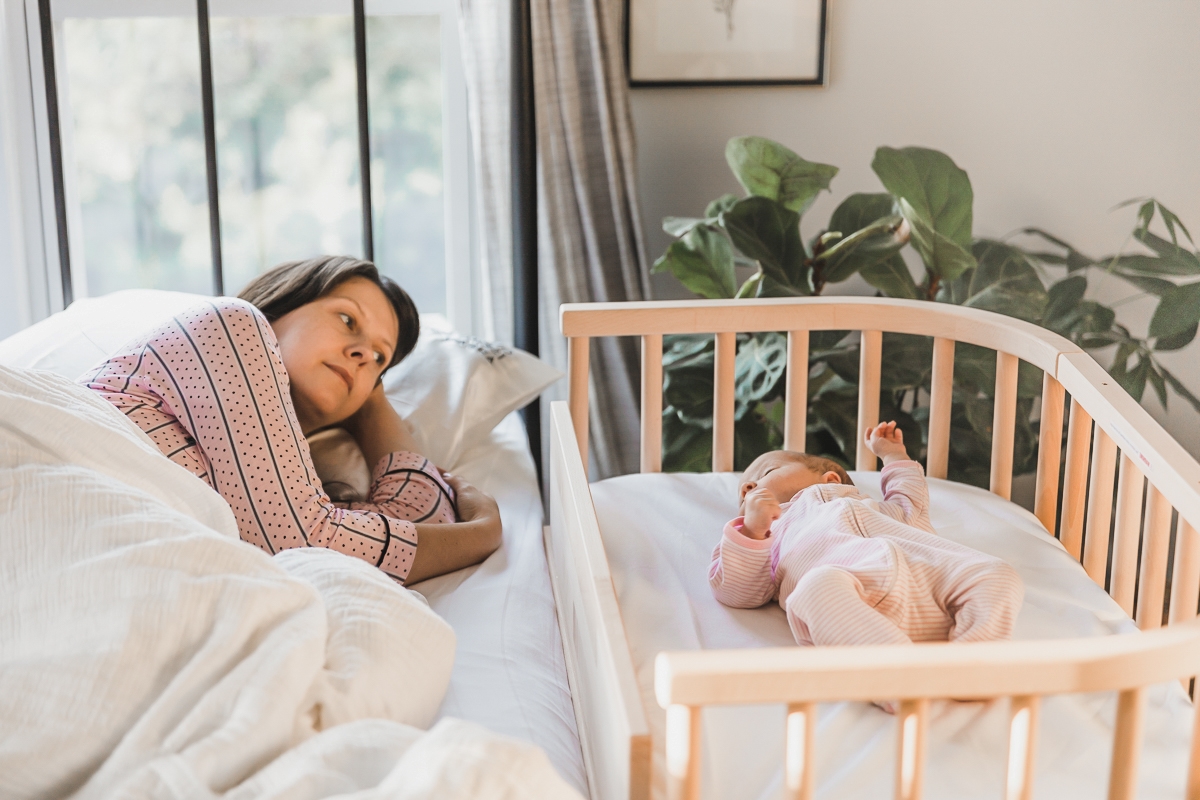
How a Co Sleeping Bed Can Help You Get More Sleep

Our Favorite Baby Shower Games (That Your Guests Will Love Too!)
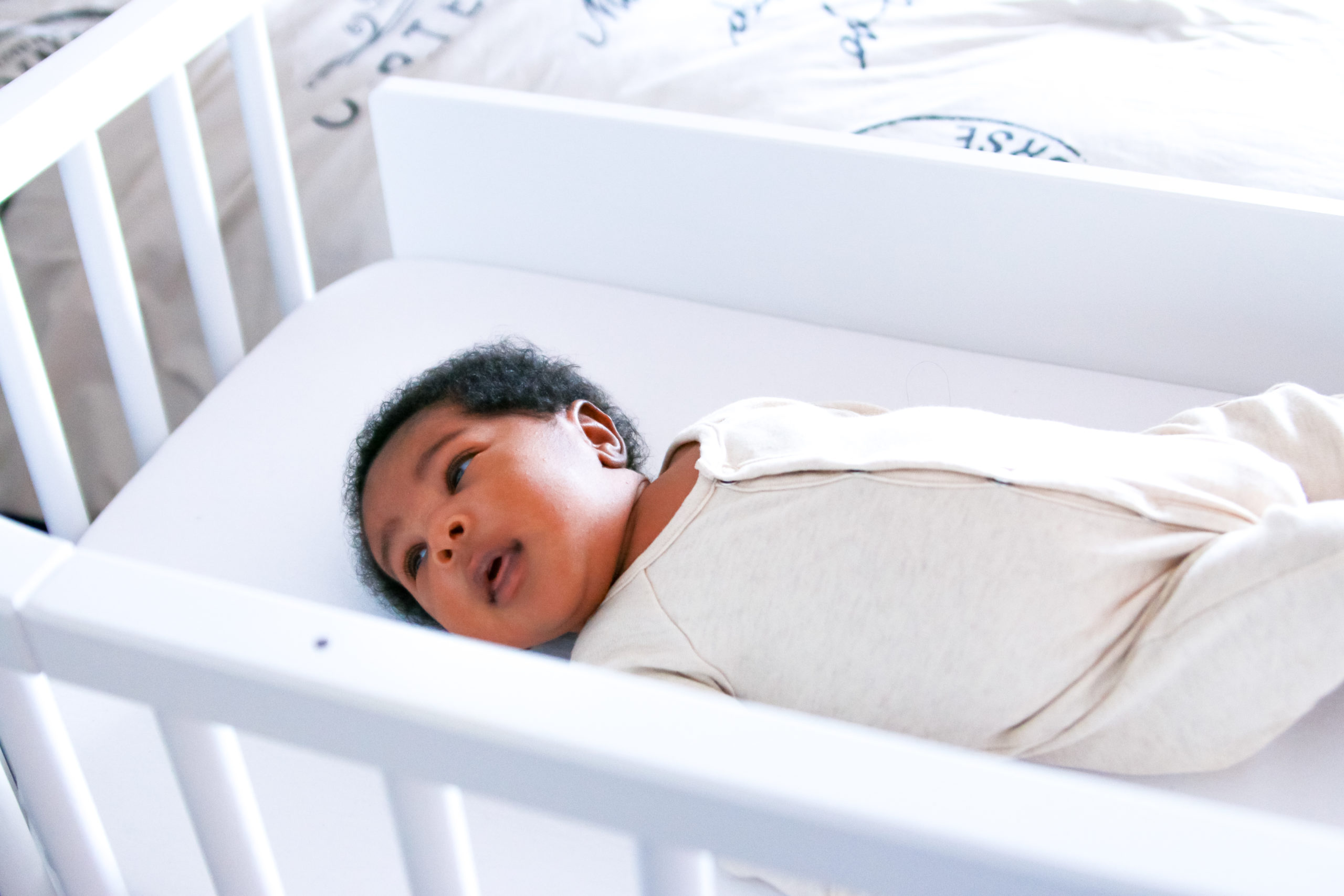
How Many Baby Crib Sheets Do I Need?: Your Bedding Questions Answered

Do Babies Dream When They’re Asleep?
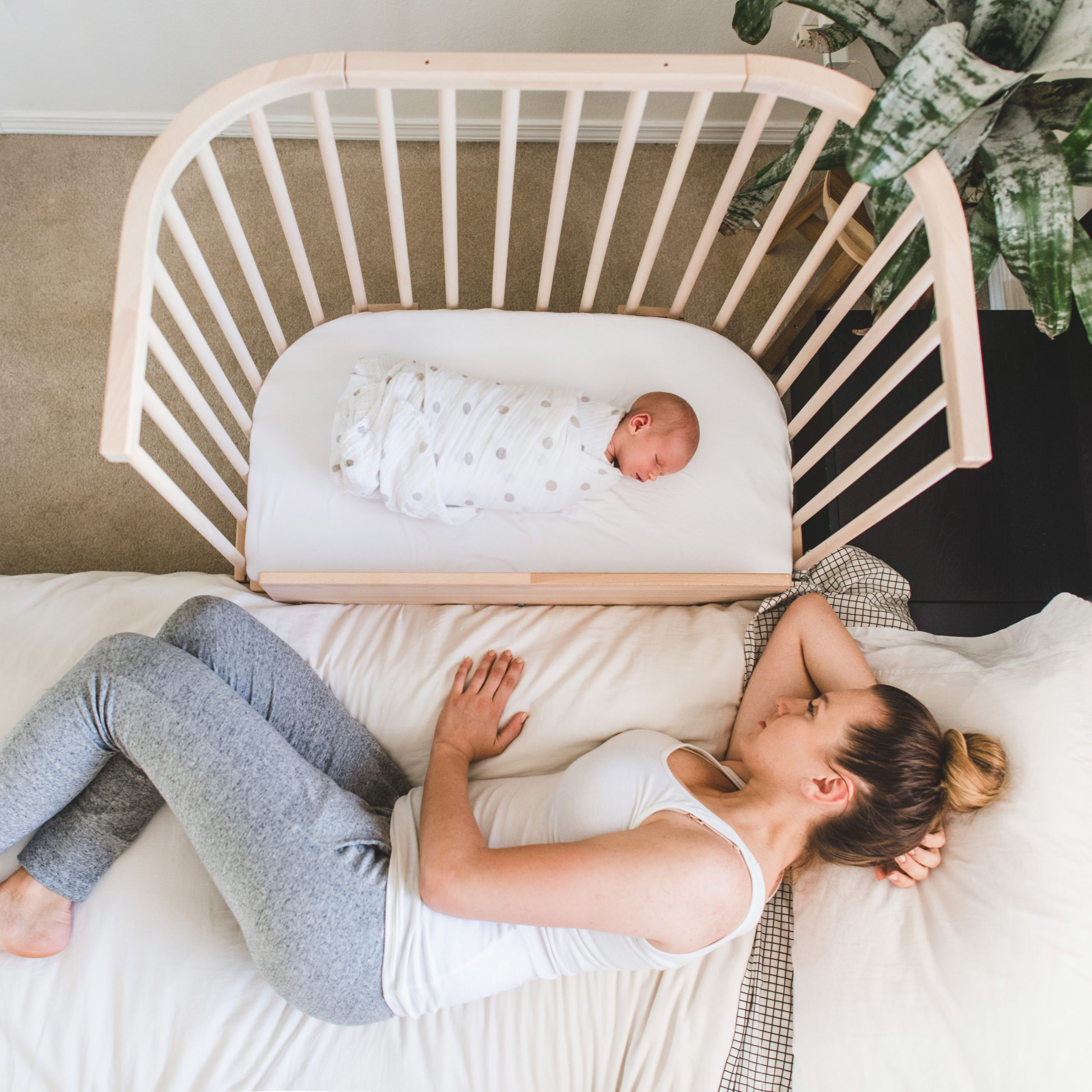
The Best Baby Sleep Positions for Nighttime Comfort and Safety
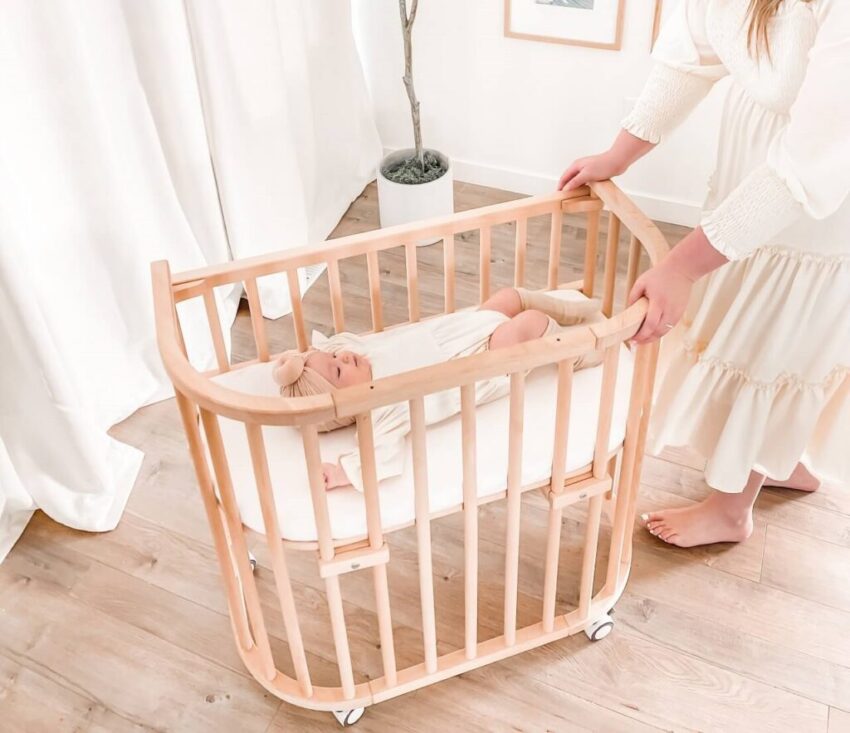
How to Make Your Bedside Crib Mobile


